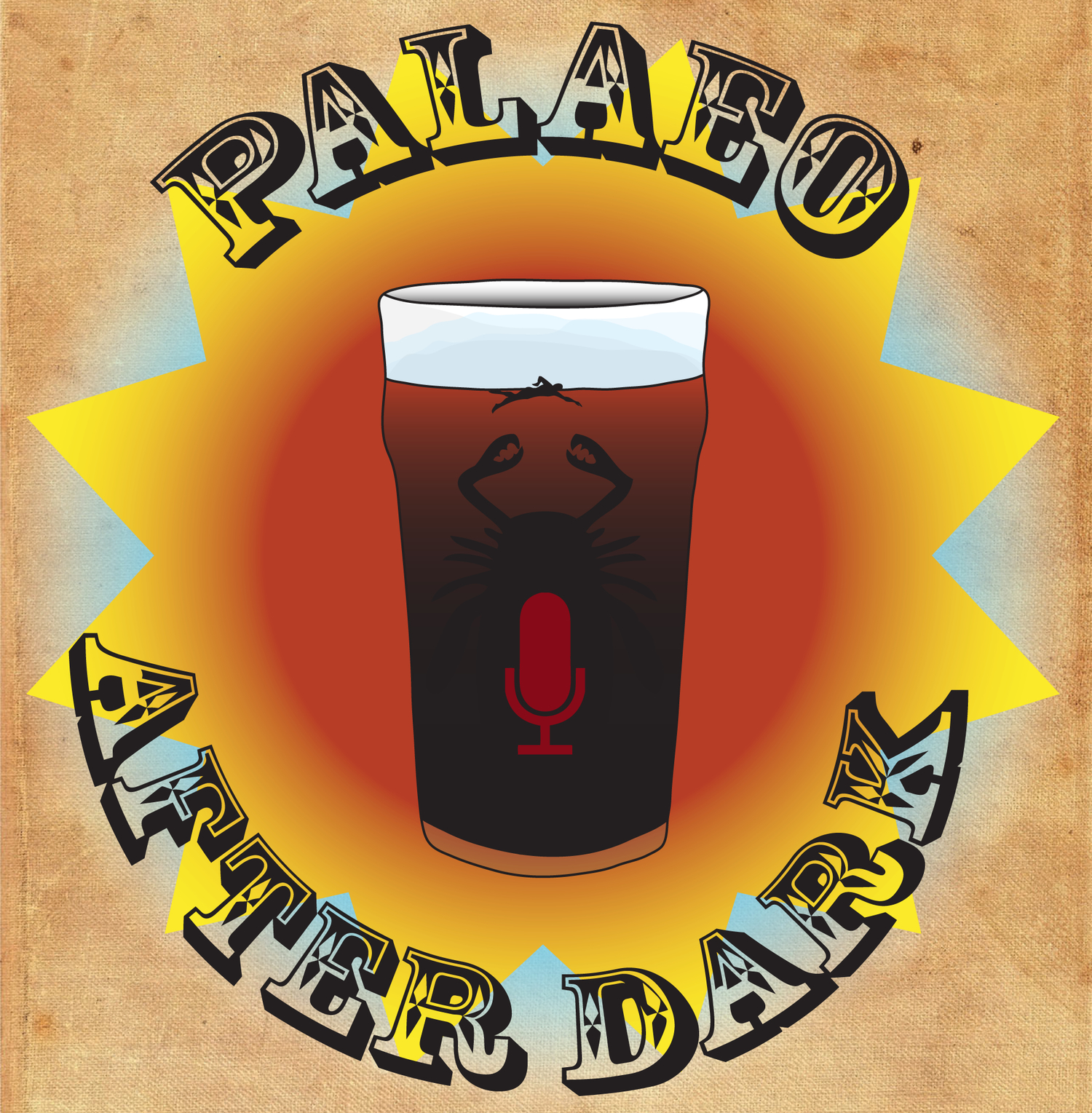Podcast 115 - Amanda Now Wants Tiny Whales to be a Thing
/The gang discuss two papers that discuss the methods we use to determine how different things are from each (i.e. disparity). In particular, do variations in parts of an animal give us a good sample of the morphological variability of the total animal? Meanwhile, Amanda wants a whale, James has strong opinions about vertebrae, and Curt tries to narrow in on what Amanda views as "cute".
Up-Goer Five (James Edition):
The group looks at two studies that want to see if we can say how different animals are. There are many ways that we can try to see how animals are different from each other. The first paper looks at two ways of seeing if animals are different, one by looking at how points on the animals change between them and another by looking at what parts the animals have. The paper shows that the both types of study give the same answer, which is good news.
The second paper wants to see if we get the same answer for how animals are different from each other when we look at only one part of the animal instead of looking at the whole animal. This study also shows that when you look at part of an animal, you get the same answer as when you look at the whole animal. This is also good news! There's lots of good news, let's have a party.
References:
Hetherington, Alexander J., et al. "Do cladistic and morphometric data capture common patterns of morphological disparity?." Palaeontology 58.3 (2015): 393-399.
Hopkins, Melanie J. "How well does a part represent the whole? A comparison of cranidial shape evolution with exoskeletal character evolution in the trilobite family Pterocephaliidae." Palaeontology 60.3 (2017): 309-318.

















